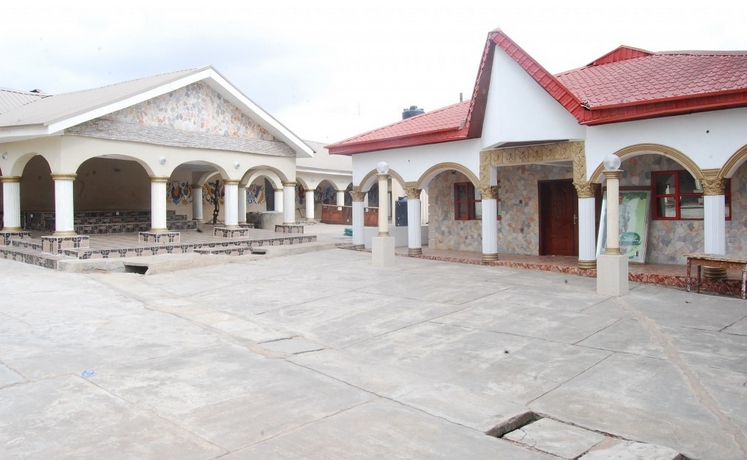
support@yorubalibrary.com
+2348073529208, 07038599574

Yoruba traditional architecture holds a significant place in the cultural heritage of the Yoruba people. The palaces, known as "Aafin" in Yoruba, are majestic structures that showcase the historical and cultural significance of the Yoruba monarchy.
Historical Background
The palaces of Yoruba kings, or Obas, have been central to the community for centuries. These structures are not just residences but also serve as administrative and religious centers. The architectural design of these palaces reflects the Yoruba people's values, beliefs, and social hierarchy.
Architectural Design
Layout and Structure
Yoruba palaces are typically extensive compounds surrounded by high walls. The main entrance, known as "Ilekun," often features elaborate carvings and decorations. Inside, the palace is divided into multiple sections, each serving different functions, such as administrative offices, living quarters, and courtyards for public gatherings.
Materials and Techniques
Traditional Yoruba palaces are constructed using locally sourced materials like mud, wood, and thatch. The walls are often made of a mixture of mud and straw, which provides insulation against the tropical climate. The roofs are usually thatched with palm leaves, offering a natural cooling effect.
Symbolism and Ornamentation
The Yoruba palaces are rich in symbolic meaning. The carvings and decorations on the walls and doors often depict historical events, mythical stories, and the lineage of the ruling family. These artistic elements are not merely decorative but also convey the cultural and spiritual beliefs of the Yoruba people.
Social and Cultural Significance
The palace is a hub of activity and plays a crucial role in the community. It is the center of governance, where the Oba holds court and makes important decisions. The palace also hosts cultural festivals, religious ceremonies, and social events, reinforcing the bond between the monarchy and the people.
Preservation and Modern Influence
Many traditional Yoruba palaces have been preserved and restored to maintain their historical significance. While modern materials and techniques have been introduced, efforts are made to retain the traditional aesthetic and cultural values. These palaces continue to be a source of pride and a testament to the rich heritage of the Yoruba people.
Conclusion
Yoruba traditional architecture, particularly the palaces, offers a profound insight into the history, culture, and social structure of the Yoruba people. These structures are not just architectural marvels but also living symbols of the enduring legacy of the Yoruba monarchy.

Learn about the Yoruba concept of Ìwà Pẹ̀lẹ́ (good…

Learn special praises for Divine Being and Creator…